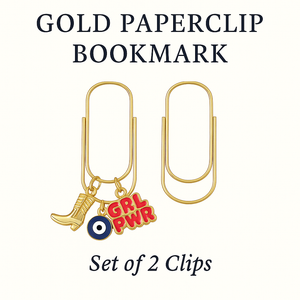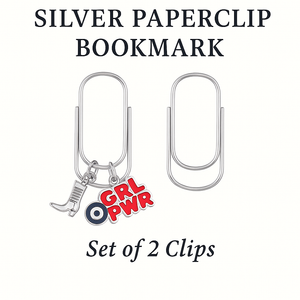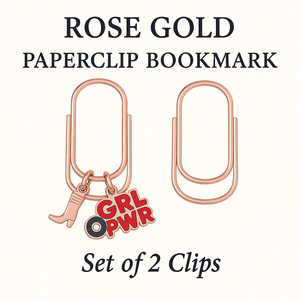Bad habits?
Old habits?
They’re hard to let go of but trust and believe that it’s possible.
And at the beginning of a new year, everyone is looking to transform themselves to some degree. You’re probably feeling inspired and inclined to do so yourself. Catherine Choi at Finder reported that in 2021, an estimated 188.9 million adult Americans, making up 74% of the population), are determined to better themselves. It’s shared as a 15.17% increase from the year before.
No shock there. We all faced 2020.
And there’s nothing wrong with getting a surge of motivation at the start of a new year. What matters though, are the steps throughout the year (or even the next year). And in 2022, you’re wanting to give it your all.
But how? What should you know about breaking habits and what can help?
Reframe Your Perspective
So you have a bad habit you want to break. But there’s something you should know about how you’re approaching breaking the bad habit.
First, take note of the italicized words in that last sentence and categorize them (individually) as positive or negative.
The Point: How you think and speak on your progress impacts your progress, and that includes how you speak about the goal. By constantly referring to this objective as a “bad habit to break”, you’re encasing yourself in this bubble of negativity that can slow or halt your motivation to progress.
I’ll do it tomorrow.
Oh, I’ll just reset the clock tomorrow.
I’ve missed 3 days already. I’ll work on it when I have time.
Wow! New Year’s Eve already?
Sound familiar? That’s the slow impact we’re talking about.
Choose New Words
Instead of defaulting to a “bad habit”, start talking about your goal from the other side of the table. Think about what positive habits come from working to stop another habit. Use those words.
You wouldn’t write down stop being hydrated, but instead, you’d write drink more water.
Other habits can be approached like that, too! Here let’s do a few more examples.
Bad Habit: Ordering takeout food or delivery meals too much.
vs.
Fabulous Habit: Making food at home every day (or whatever amount of time each week)
Bad Habit: Being too negative
vs.
Fabulous Habit: Use a Positive Thinking Journal every day
“I originally thought that this book was for bad habits, but it's actually for creating and tracking good habits! I love it!”
- Angela R. ⭐️⭐️⭐️⭐️⭐️
This can help…
The Habit Tracker Notebook
Everything you just read is how this notebook operates. Picture it: a pocket-sized notebook where you can track multiple different fabulous habits.
There are various ways you can use this notebook:
- Use this notebook to track your progress for 30 days at a time
- (Recommended) Continue onto the next pages to track progress for the same habit
- Or track progress for different habits on each page
- (Recommended) Focus on one habit at a time
(Recommended) Continue onto the next pages to track progress for the same habit: Why?
Habits take time whether it’s making or breaking a habit.
According to James Clear, author of the #1 NY Times Bestseller Atomic Habits, “On average, it takes more than 2 months before a new behavior becomes automatic — 66 days to be exact. And how long it takes a new habit to form can vary widely depending on the behavior, the person, and the circumstances. In Lally's study, it took anywhere from 18 days to 254 days for people to form a new habit.”
Setting realistic expectations and avoiding discouragement with your timeline is key to keep taking steps. Habits can take anywhere from 2 months to 8 months to build and integrate fully with results into your life.
(Recommended) Focus on one habit at a time: Why?
Habits already give pressure enough. When you buy a fish, you don’t immediately toss them in the tank. You let the bag sit in the tank water so the temperature accumulates and doesn’t shock the fish to death.
Same thing goes for your habits. Don’t throw too many irons in the fire or you’ll find yourself overwhelmed, and often or not, bounce back to old habits or not finishing the goal.
It’s your Habit Tracker Notebook. It’s your journey. You choose how you use it.
“[Love, love] love my new habit tracker! Been using this tracker for a few weeks and I can't express how much it keeps me motivated. Not only is it esthetically pleasing, but the quotes in the tracker or very meaningful. I have given one to a friend and I am ordering another one for another good friend!”
- Kristina R. ⭐️⭐️⭐️⭐️⭐️
How To Use The Habit Tracker Notebook
- Fill out your Fabulous New Habit with the positive twist we discussed.
- Write about the Why; Why is this habit important to you? You can reflect on how it can change things for you positively in the long term or short term.
- Give yourself an incentive. What will you treat yourself to at the end of 30 days of sticking with this fabulous habit?
- Use a pen or stickers to mark off each day.
“I am so glad I purchased the Habit Tracker. It so easy to track my new and old habits. Will definitely purchase again. Love it”
- Robin E. ⭐️⭐️⭐️⭐️⭐️
Did you like this blog post? When you love it, we LOVET. Keep up to date with the latest blog posts, Lovet Planners sales, self care tips, vision board tips, and more by subscribing to receive our newsletters: CLICK HERE NOW.




![Manifestation Memo Pad [DAILY]](http://lovetplanners.com/cdn/shop/files/Manifestingjournalplanner.png?v=1704323635&width=300)








